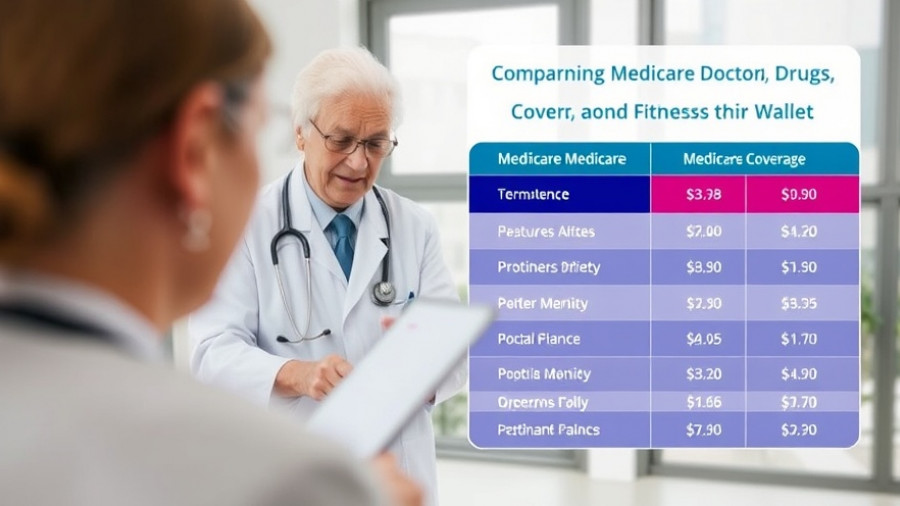
Easy and Delicious Recipes for Feel-Good Eating
Cooking healthy meals shouldn’t feel like a chore, especially when you can create dishes that are both simple and bursting with flavor. Today, we’re celebrating feel-good eating with two delightful recipes that not only tantalize your taste buds but also pack a nutritional punch. Perfect for busy individuals or those just looking for a light meal, these dishes emphasize quick prep and wholesome ingredients, ensuring you spend less time in the kitchen and more time enjoying your delicious creations.
Refreshing Cranberry Chicken Salad: The Perfect Lunch
Imagine enjoying a refreshing meal that combines tender chicken, crunchy celery, and the sweetness of dried cranberries. The Cranberry Chicken Salad is ideal for a satisfying lunch or as a light dish to take on a picnic. This vibrant salad is not only easy to make but also provides ample protein and flavor, making it a fantastic choice for anyone looking to fuel their day effectively.
How to Make Your Cranberry Chicken Salad
Ingredients:
- 1 Roasted Chicken
- 1 Cup Chopped Celery
- 1 Cup Dried Cranberries
- 1 Cup Diced Red Onion (Optional)
- 1 Cup Almond Slices
- Salt & Pepper to taste
Dressing:
- ½ Cup Mayonnaise
- ½ Cup Greek Yogurt
- 1 Tablespoon of Lemon Juice
Instructions:
1. Remove the meat from the roasted chicken and chop into bite-sized pieces.
2. In a bowl, whisk together the mayonnaise, Greek yogurt, and lemon juice to create the dressing.
3. Combine the chicken, celery, cranberries, onion, and almonds in a large mixing bowl, pouring the dressing over the top.
4. Season to taste with salt and pepper, then refrigerate for at least an hour to let the flavors meld.
Indulgent yet Healthy: Cottage Cheese Edible Cookie Dough
If you’re looking for a sweet treat that won’t derail your healthy eating goals, look no further than Cottage Cheese Edible Cookie Dough. This innovative recipe reimagines the classic cookie dough, using cottage cheese as a nutritious base. Packed with protein and naturally sweet, it’s an enjoyable dessert that can be guilt-free!
Crafting Your Cookie Dough Treat
Ingredients:
- 2 Cups Cottage Cheese
- ¼ Cup Maple Syrup
- 2 Teaspoons Vanilla Extract
- ½ Cup Vanilla Protein Powder
- 1-2 Cups Almond Flour
- 1 Cup Chocolate Chips
Instructions:
1. In a mixing bowl, combine the cottage cheese, maple syrup, and vanilla extract until smooth.
2. Gradually stir in the protein powder and almond flour until you reach a dough-like consistency.
3. Fold in your chocolate chips, adjusting the sweetness or consistency with additional syrup or flour if needed.
4. Enjoy straight from the bowl or chill in the fridge for a firmer texture.
Why Healthy Cooking Matters
Eating nutritious meals can have a profound impact on quality of life, particularly as we age. Simple, wholesome recipes like these foster not only better physical health but also encourage social interaction and enjoyment during mealtimes. Sharing meals with friends or family can enhance bonds, making each cooking experience a rewarding, shared journey.
Take Your Cooking to the Next Level
Cooking for oneself or loved ones doesn’t have to be complicated. With these two feel-good recipes, you can create meals that are both satisfying and nourishing without breaking a sweat. Dive into these easy-to-follow recipes today and discover how delightful healthy eating can truly be. Enjoy the process, savor the flavors, and create lasting memories around your table!
 Add Row
Add Row 

 Add
Add 


Write A Comment